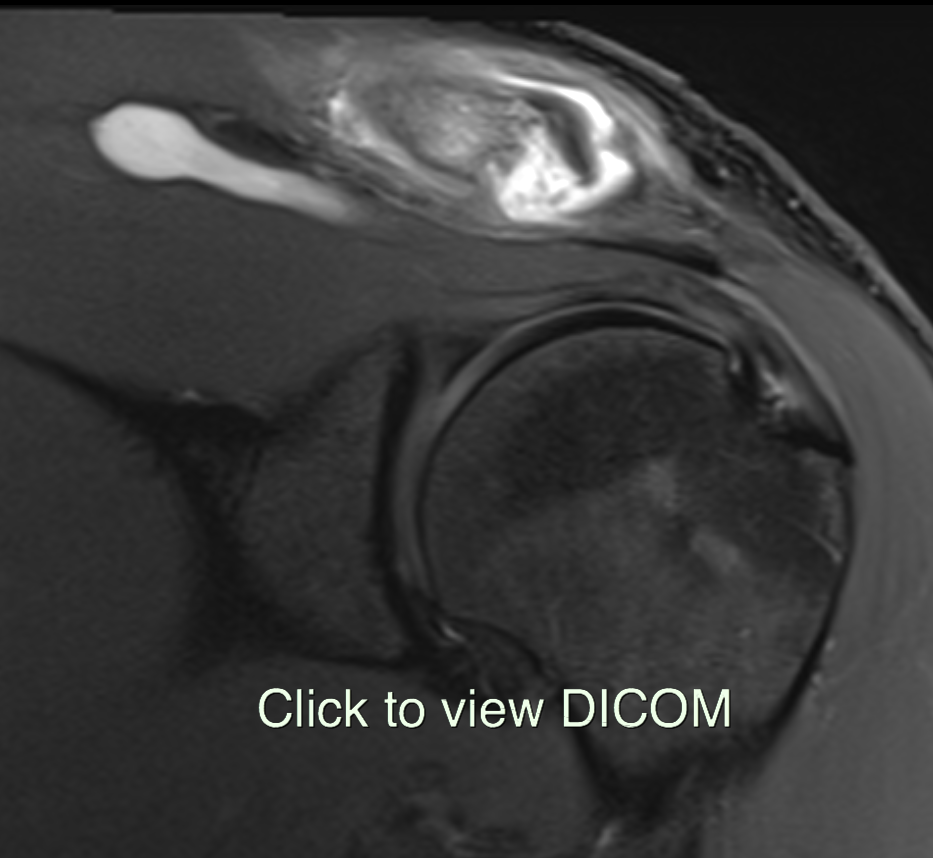The AC joint is very prone to injury.
Subluxation is more common than fracture.
The degree of subluxation depends on the ligaments involved. Low grades of subluxation are common and do not necessarily require treatment.
Ligaments around the joint are the superior and inferior acromioclavicular ligaments
The lateral clavicle is also constrained by the conoid and trapezoid ligament
Degeneration is also common especially in athletic individuals.
Erosions mary occur due to chronic trauma, especially in the rugby scrum.
The joint is frequently involved in RA and crystal arthropathy.
Most cases can be diagnosed with radiographs
More than 2cm coracoclavicular distance indicated ligament tears
CLASSIFICATION OF ACJ INJURY
i No separation
ii Separation less than 100% of the opposing surfaces
iii Separation more than 100% of the opposing surfaces
iv Posterior displacement of the clavicle
v Clavicle dislocated under coracoid
Best for detecting tears of the coracoclavicular ligaments
Use sagittal images and look for the conoid and trapezoid ligaments
STIR shows oedema
T1 T2 show ligament disruption a little better
Minimal subluxation can be detected by dynamic ultrasound as the patient moves their hand to and fro from the ipsilateral knee to the contralateral shoulder.
Normally some approximation of the acromium to the lateral end of the clavicle is present
Higher grades indicates ligament laxity.
Significant inferior–superior movement is not detected unless there are ligament tears.
As the joint moves, synovial tissue and fluid may be extruded.
Fluid in the subarcomial subdeltoid bursa may communication and result in a large synovial cyst.
This is referred to as the geyser phenomenon.





